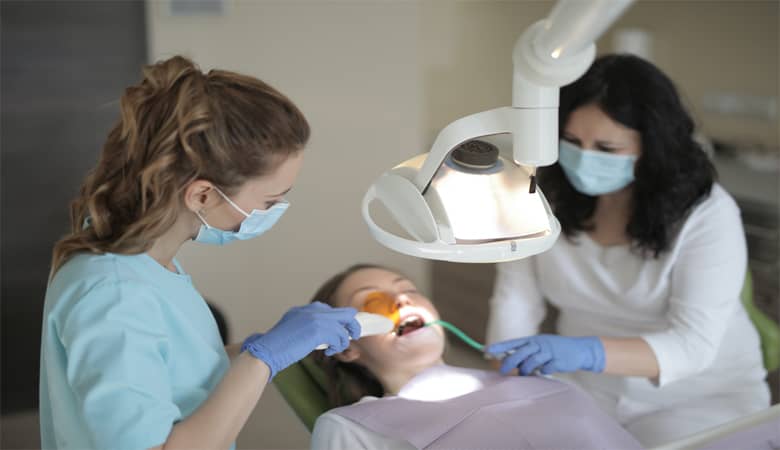
Getting healthy teeth is a lifetime commitment. There are many ways to keep your teeth healthy such as brushing your teeth, flossing, and using fluoride toothpaste, among others. While doing these things can help improve your teeth’s health, visiting a dentistry specialist at least twice a year is crucial.
If you have a tooth problem, you can visit a dentistry specialist and have the problem taken care of quickly. You don’t need to have a problem before you can visit one; you can go for regular cleanings and checkups, depending on your needs.
Now that you have booked an appointment with an orthodontist, you might be wondering what kind of procedures they perform.
Placing Traditional Braces
Traditional braces are the most common type of braces used all over the world to straighten uneven teeth. When you visit an orthodontist, and they figure out you have uneven teeth, they can recommend that you get braces. If you agree, they will fix traditional braces on your teeth to help straighten them.
Placing Lingual Braces
Lingual braces are also used to correct uneven teeth, but they are quite different from traditional braces. An orthodontist will fix lingual braces at the back of your teeth; therefore, no one can notice that you are wearing braces. Some people feel self-conscious about wearing traditional braces, which are usually fixed in front of the teeth; hence prefer lingual braces which cannot be seen.
An Orthodontist Performs Invisalign
Invisalign is another procedure for straightening misaligned teeth without using braces. Instead of fixing braces in the front or back of your teeth, an orthodontist will place a plastic aligner tray on your teeth, and you can have it changed every two weeks. You can remove the aligner when you are eating, and you can also clean it yourself at home.
Extraction of Bad Teeth
Sometimes you can have bad teeth that cannot be saved, and the only option is to have them removed. You can visit an orthodontist and have the teeth extracted and the area properly cleaned. Reasons that can cause your tooth or teeth to be extracted include tooth decay, tooth infection and crowding.
Obtain a Model of your Teeth
An orthodontist might require your dental impression for various uses such as diagnosis, treatment planning and restorative dentistry, among others. They will instruct you to bite on a rubber-like material that will retain your dental impressions. Your dental impression can also be used to show if the treatment you are using is working or not.
Place Orthodontic Elastics
Orthodontic elastics are special rubber bands that are used to treat uneven teeth and other issues affecting your jaw. The rubber bands change the position of your jaw and speed up the healing process. After getting attached to your teeth and jaws, the rubber bands will pull your jaw forward or backwards, depending on which direction is needed to align your jaws.
Understanding Orthodontic Procedures
Knowing what type of procedures you might get when you visit a dentistry specialist is important. Some procedures fix the same problem but have different effects and healing processes. Therefore, you can select which orthodontic procedure works for you.




